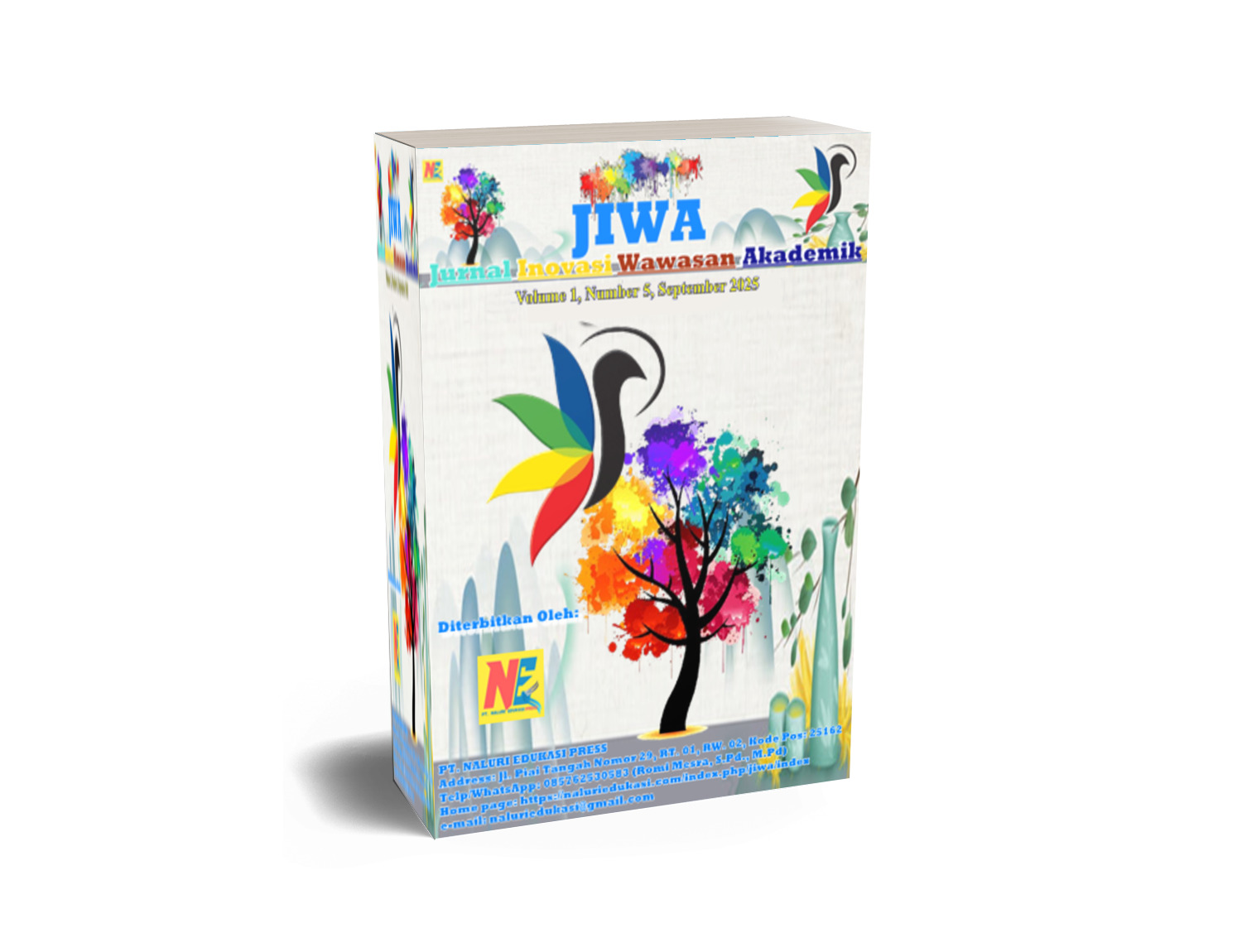Media Pembelajaran Kotak Ilmu Bagian Dan Fungsi Tumbuhan Pada Kelas IV SD
Kata Kunci:
Presenting information, understanding, parts of plant funtions, education and effectively.Abstrak
Learning media are all forms of tools or materials used in the learning process to help students understand and master learning which functions as a means of communication.The science box media is an effetive educational tool to introduce basic concepts about the parts and functions of plants to students. This media presents information interactively, facilitating understandingof plant structures, from roots, stems, leaves, flowers, to fruits. Roots function to absorb water and mineral, stems as supports and transportation routes, leaves for photosynthesis, flowers for reproduction, and fruits that protect seeds and help spread. By using this media, students can more easily understand the role of the plant in supporting plant survival. In addition, through this media, students can also make direct observations of plants models, so that biological concepts can be understood more deeply and enjoyably. Leraning with this science box plays an important role in increasing basic knowledge of biology from an early age, as well as stimulating, students curiosity about the natural world around them. The method used is the demonstration method. The demonstration method is an effective teaching method, where the teacher demonstrates or shows a certain process, situation, or object to students. In this context the researcher shows the steps that need to be taken, accompanied by an explanation to clarifiy the material or concept presented. The result obtained when conducting a simulation of the science box learning media in front of the class are that students are more active and enthusiastic during the learning process and encourage students to participate, both through discussion and answering questions related to the material in the science box.
Unduhan
Diterbitkan
Terbitan
Bagian
Lisensi
Hak Cipta (c) 2025 JIWA: Jurnal Inovasi Wawasan Akademik

Artikel ini berlisensiCreative Commons Attribution-NonCommercial-ShareAlike 4.0 International License.










